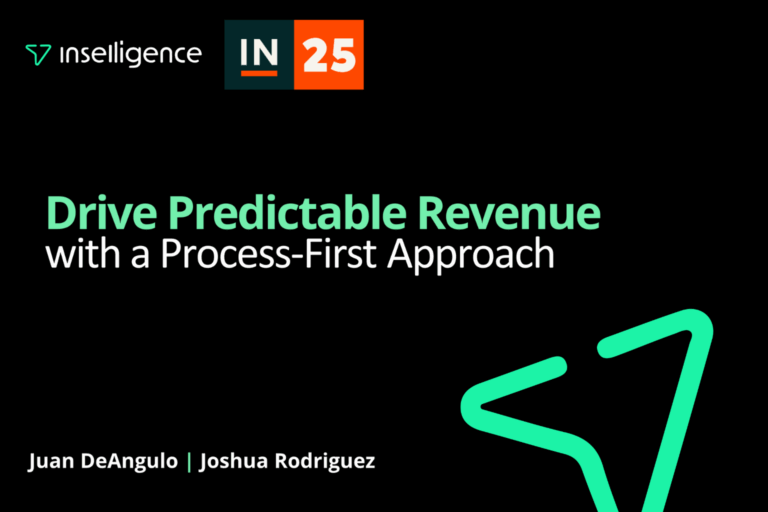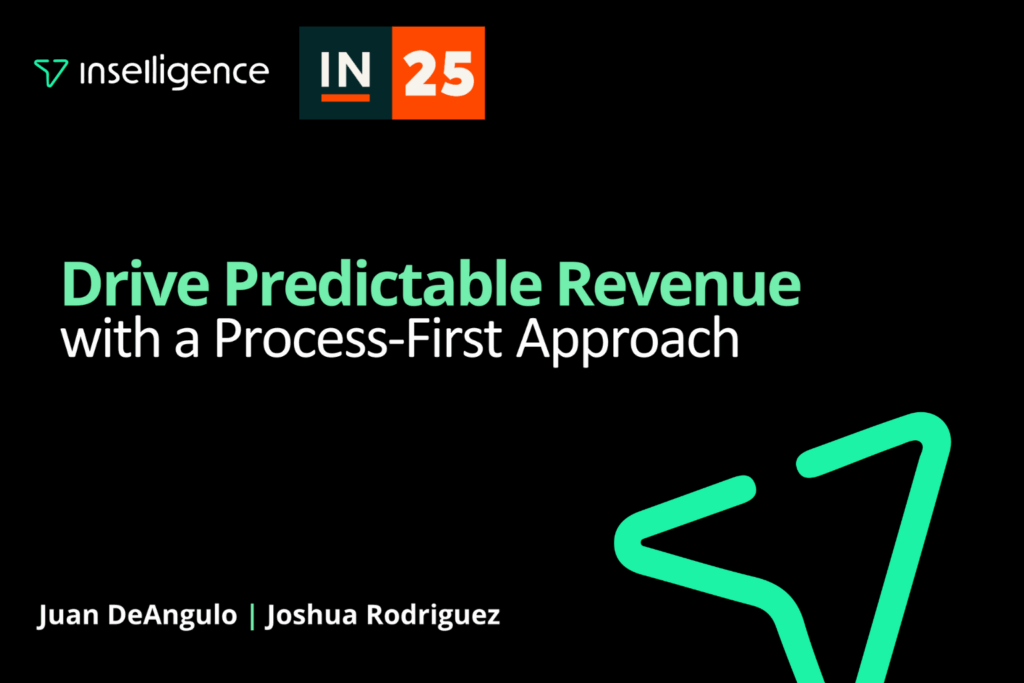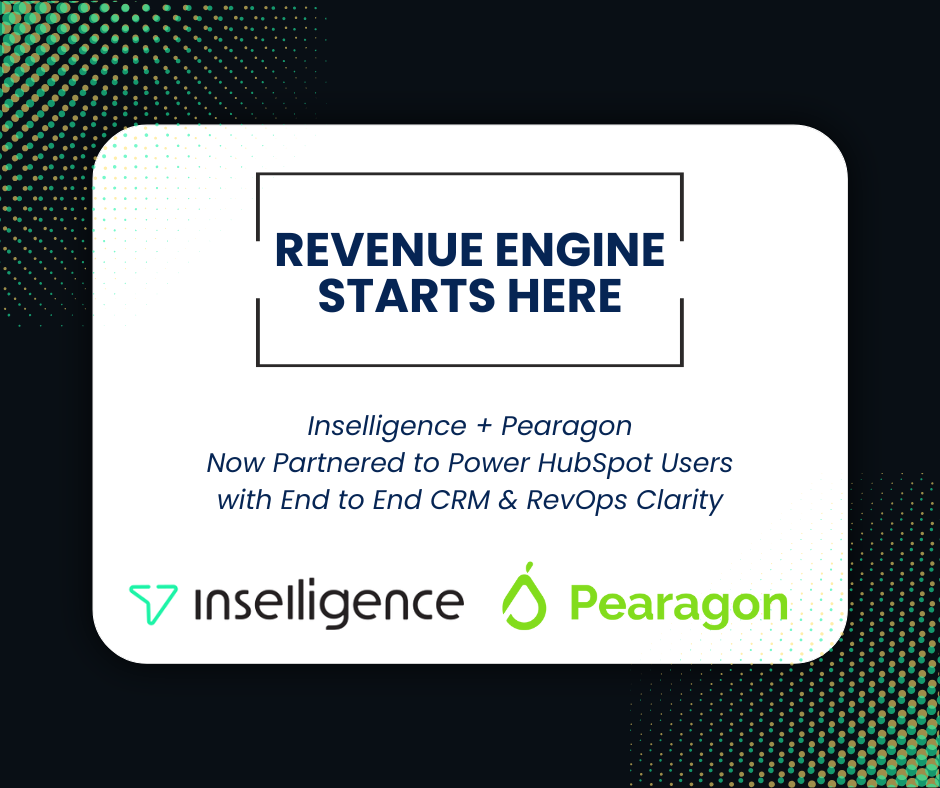Sales pipeline analysis is the process of evaluating your sales pipeline to identify areas for improvement. It involves tracking key metrics, such as the number of opportunities in each stage of the pipeline, the average deal size, and the win rate. By analyzing this data, you can gain insights into how your sales team is performing and make adjustments to improve your sales process.
Benefits of sales pipeline analysis:
- Identify bottlenecks and areas for improvement: Sales pipeline analysis can help you identify where deals are falling off in the sales process. This information can then be used to make adjustments to your sales process, such as providing more training to your sales reps or offering additional resources to prospects in certain stages of the pipeline.
- Improve forecasting accuracy: By tracking the number of opportunities in each stage of the pipeline and the average sales cycle length, you can more accurately forecast your sales revenue. This information can be used to make better business decisions, such as how much to spend on marketing and sales resources.
- Increase sales: Ultimately, the goal of sales pipeline analysis is to increase sales. By identifying and addressing bottlenecks and areas for improvement, you can help your sales team close more deals.
How to conduct a sales pipeline analysis:
To conduct a sales pipeline analysis, you will need to track key metrics such as:
- Number of opportunities in each stage of the pipeline: This will help you identify where deals are falling off.
- Value of opportunities in each stage of the pipeline: This will give you an idea of how much potential revenue is in your pipeline.
- Number of new opportunities added to the pipeline: This will help you track the growth of your pipeline.
- Number of closed/won deals: This is a measure of your sales team’s success.
- Number of closed/lost deals: This information can be used to identify why deals are being lost and make adjustments to your sales process accordingly.
- Average deal size: This will help you forecast your sales revenue more accurately.
- Average sales cycle length: This information can be used to identify which stages of your sales process are taking the longest and make adjustments accordingly.
Once you have tracked these metrics, you can begin to analyze your sales pipeline. Look for any bottlenecks or areas where deals are falling off. You should also look for trends, such as whether certain stages of your sales process are consistently taking longer than others.
Once you have identified areas for improvement, you can start to make changes to your sales process. For example, if you find that a lot of deals are falling off at the qualification stage, you may need to provide more training to your sales reps on how to qualify leads effectively. Or, if you find that the average sales cycle length is too long, you may need to break down the sales process into smaller steps.
Sales pipeline analysis is an ongoing process. You should regularly review your pipeline data and make adjustments to your sales process as needed. By doing so, you can improve the performance of your sales team and increase your sales.
Here are some additional tips for conducting a sales pipeline analysis:
- Use a CRM system to track your sales data. A CRM system can help you to automate the data collection process and generate reports that make it easy to analyze your pipeline.
- Segment your pipeline. This will help you to identify trends and patterns that you may not be able to see if you are looking at your pipeline as a whole. For example, you may want to segment your pipeline by deal size, industry, or customer type.
- Compare your pipeline performance to historical data. This will help you to identify areas where you are improving or where you need to make more progress.
- Benchmark your pipeline performance against other companies in your industry. This can help you to identify areas where you are outperforming or underperforming your competitors.
By following these tips, you can conduct a comprehensive sales pipeline analysis that will help you to improve your sales process and increase your sales.






